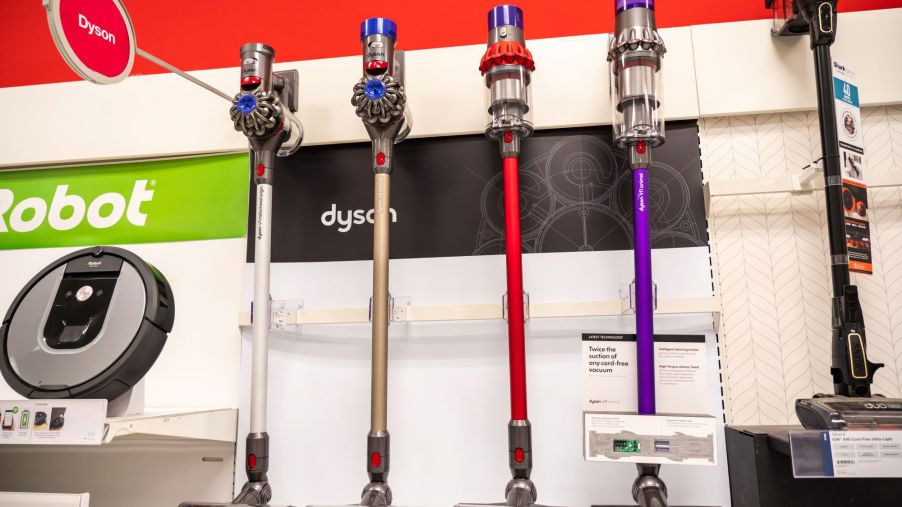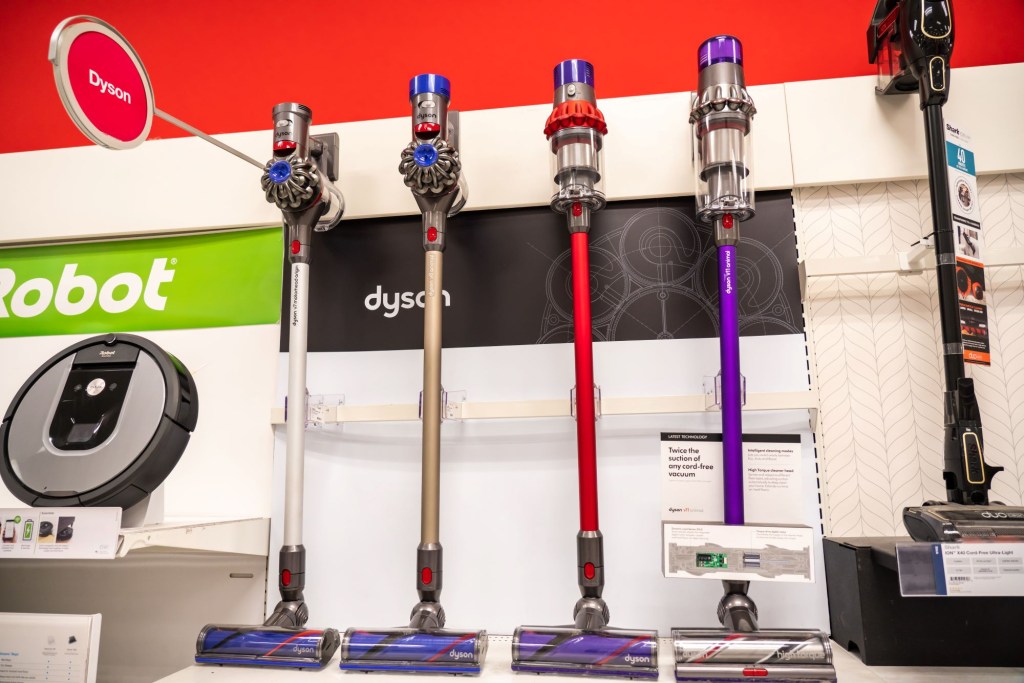
How to Decide Which Type of Vacuum Cleaner You Need
Oil changes and tire rotations are commonly associated with car maintenance, but keeping your vehicle clean is also important. A vacuum cleaner is a key component of any successful car maintenance routine.
But there are so many types of vacuum cleaners on the market that it can be hard to know which is best for your needs. Interestingly, if you’re on the hunt for a vacuum to help with your vehicle, The New York Times actually recommends that you look beyond car-specific models. Read on for a breakdown of how to decide on the best vacuum for your vehicle.
Handheld vacuums

We’ll start with the most popular type of vacuum for keeping your vehicle dirt-and-dust-free. Handheld models provide the versatility that drivers need to get their vehicle’s main surfaces clean. The short-pile carpet and smooth surfaces found in most cars and trucks are just the sorts of environments that these types of vacuums are best able to handle. Handhelds come in corded or cordless varieties. Both can do the trick just fine when it comes to vacuuming seats and floors (as long as your cord is long enough). Where they may fall short, though, is in reaching hidden areas such as under the seats.
The handheld model that comes in on top of Good Housekeeping is the Worx 20V Cordless Cube Compact.
Stick models
Stick vacuums are basically lightweight versions of their upright siblings. They lack a vacuum bag, which means you have to clean the debris cup after each use. Stick models are also generally less powerful than uprights. Their big advantages, however, are their portability and adaptability. Their compact nature makes them ideal for having on hand in your RV, for example. Many models can be converted to handheld simply by removing the stick, and they’re easy to take to different rooms of the house—or your car. With the right attachments, they can also help you get at some of those hard-to-reach places.
However, according to Consumer Reports, it’s best not to rely on a stick model as your primary vacuum. They’re not powerful enough to deal with carpet and are mainly intended for removing surface litter. If you do buy a stick model, Consumer Reports recommends that you choose a corded vac. Cordless stick vacuums have not shown themselves to be sufficiently reliable to earn the group’s endorsement.
Canister vacuum cleaners
Like stick models, canister vacuums are more lightweight and maneuverable than uprights. Canister models consist of a cleaning nozzle at the end of a wand that links to the canister through a hose. The canister then rests on a set of wheels for ease of movement.
Canister models tend to have potent suction, which can be especially useful on bare floors. They’re also useful for reaching under furniture, cleaning drapes and staircases, and more. Their main downside is often their price: they can cost more than upright vacs.
Good Housekeeping has declared the Miele Complete C3 Vacuum for Soft Carpet the best canister vac out there.
Upright models
Uprights are generally the workhorses of the vacuum world. They have the motor and suction head in the same unit, unlike canisters, and these models tend to be less expensive than canisters.
Bagged uprights are best at cleaning carpets, thanks to their motorized brushes, and they cover more area at a time than other types of vacuum. Uprights can be especially useful for pet owners since their brushes, powerful suction, and wide coverage area can help remove pet hair in bulk. If you’re an allergy sufferer, you may want to consider a bagged model. Cleaning out bagless vacs can be a messy process that releases dust particles back into the air.
The biggest disadvantages associated with these types of vacuums are their weight and lack of maneuverability. Because the unit is heavy and has to be pushed in front of the user, it lacks the ability to reach under furniture or assist with areas such as stairs and drapes.
Good Housekeeping has declared the Shark APEX Upright Vacuum the best overall upright.
Robot vacuums
Robot vacuums are great for those who don’t want to deal with picking up the vacuum themselves regularly. They can clean most surfaces, including hard-to-reach areas such as under furniture. They’re also much quieter than their larger counterparts.
Robot vacs can be finicky, though, and have been known to get stuck or tripped up by socks and other items in their way, so you won’t be able to ignore your robot altogether. You’ll also need to empty it frequently. Depending on the model you choose, the cost can be a factor as well. While basic models can be comparable in price to some uprights, adding more features can really drive the sticker price up.


